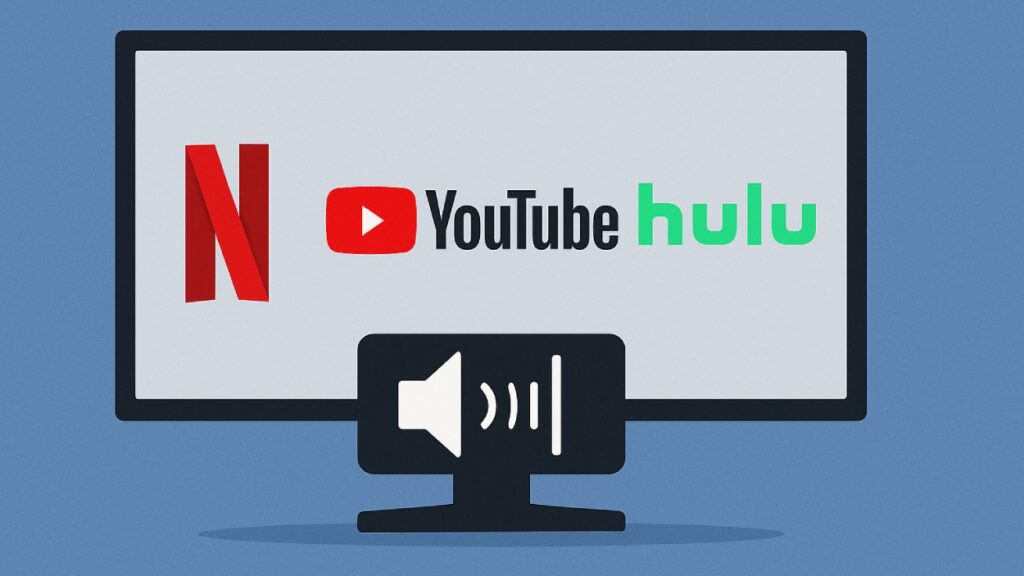California is dialing down the volume on a common annoyance for streaming viewers with a new law targeting overly loud commercials on platforms like Netflix, YouTube, and Hulu.
TLDR:
- California Governor Gavin Newsom signed SB 576 into law, banning loud ads on streaming platforms
- Law goes into effect on July 1, 2026
- The legislation follows complaints from viewers and is modeled after the federal CALM Act for TV broadcasters
- Streaming companies dropped opposition after liability concerns were addressed
What Happened?
A new law signed by Governor Gavin Newsom will require streaming platforms to make sure ads are not louder than the content they accompany. This rule, long in place for cable and broadcast TV, will now extend to streamers starting in July 2026. The bill was prompted by public frustration, especially among parents with sleeping children, and aims to improve user experience across platforms.
California bans streaming services from increasing audio levels during commercials
— Culture Crave 🍿 (@CultureCrave) October 7, 2025
Gavin Newsom says:
“We heard Californians loud and clear, and what’s clear is that they don’t want commercials at a volume any louder than the level at which they were previously enjoying a… pic.twitter.com/BguqbJ0q9K
California Steps In Where Streaming Gaps Remain
The law, known as Senate Bill 576, was introduced by State Senator Tom Umberg and directly inspired by a staffer whose newborn was repeatedly woken by jarring ad volume spikes. Umberg called it a win for “every exhausted parent” dealing with blaring streaming ads.
The bill targets video streaming services that serve consumers in California, meaning platforms like Netflix, Hulu, YouTube, Prime Video, Disney Plus, and HBO Max will need to ensure ad audio levels match the programming around them. This change will apply particularly to the ad-supported tiers, which have grown more common in recent years.
Unlike traditional broadcasters, which have followed volume rules under the federal CALM Act since 2012, streaming services were not previously held to the same standards. SB 576 fills that regulatory gap at the state level, and given California’s influential role in entertainment and tech, it could encourage nationwide industry compliance.
Industry Pushback Quietly Fades
Initial pushback from streaming companies centered around technical challenges and legal concerns, but changes to the bill softened that resistance. Once language was added to prevent individuals from suing platforms and placed enforcement solely in the hands of the California Attorney General’s Office, streaming services dropped their objections.
Marketing expert Zachary Rischitelli noted that broadcasters have managed volume control for over a decade, suggesting platforms like Hulu and YouTube should be able to follow suit. “If broadcasters have been able to do this for the last 15 years, I’m sure the technical team at Hulu can figure it out,” he said.
The legislation does not apply to traditional broadcasters, as they are already covered by the federal CALM Act. Its impact will be focused entirely on streaming services, many of which are headquartered in California, adding another layer of pressure for compliance.
What TechKV Thinks?
Honestly, it’s about time. This is one of those annoying issues that everyone has experienced but no one really talks about until it’s 2 AM and a blaring ad wakes your whole house. Streaming has been allowed to run free on this for way too long, and it’s great to see California stepping in where federal rules fell short.
As someone who’s sat through countless over-amplified car commercials in the middle of a calm drama series, this law just makes sense. Hopefully, the rest of the country follows California’s lead. After all, if TV networks can manage consistent audio, the tech giants running streaming services definitely can.
